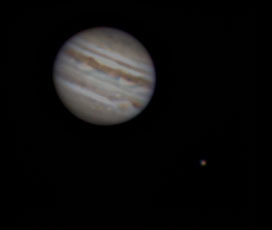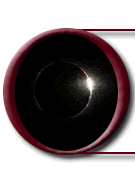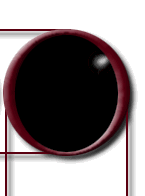|
"Jupiter
1" 11/11/99 Kitt Peak, Arizona
(Image by Adam Block, Willis Greiner and Cheryl
Price. Copyright NOAO, all rights reserved.)

This
CCD image was obtained using a 16" Meade Schmidt-Cassegrain
telescope operating at f/10. The camera used was a SBIG ST-8;
sky chart software was Software Bisque's The Sky, acquisition
and image manipulation software was Cyanogen's Maxim DL. Ten
exposures were taken through each of three filters; blue,
green and red. The best image from each filter "run" was chosen;
the three separate color images were combined to form a raw
combined color image. Dark and flat-field exposures were taken
and applied to the raw images. An unsharp-mask computer routine
was then applied to the combined data, resulting in the final
color image shown here.
Jupiter,
of course, is the largest of the planets in our Solar System.
It is shown here with one of the Galilean moons, and the planet
itself displays many stripes, festoons of "erupting" gases
and the famous "Giant Red Spot." A few years back Jupiter
was hit by Comet Shoemaker-Levy. Even that small object left
obvious and visible scars on the "surface" of the planet;
these scars were seen for weeks after the impact. (Actually,
Jupiter has no real surface. It is probably no "harder" than
jello!) I have included two very similar images of Jupiter;
the only difference is the color balance and brightness. You
decide which one is superior.
|






















